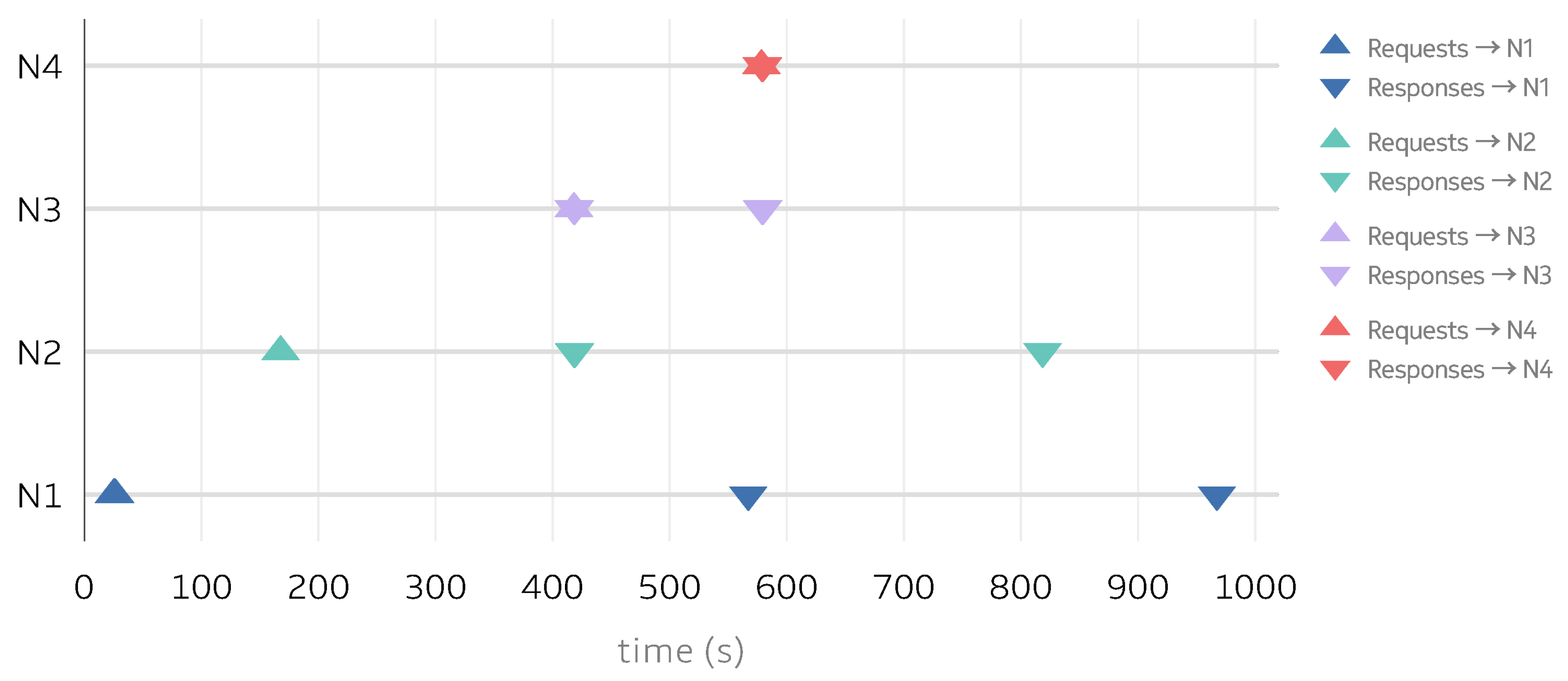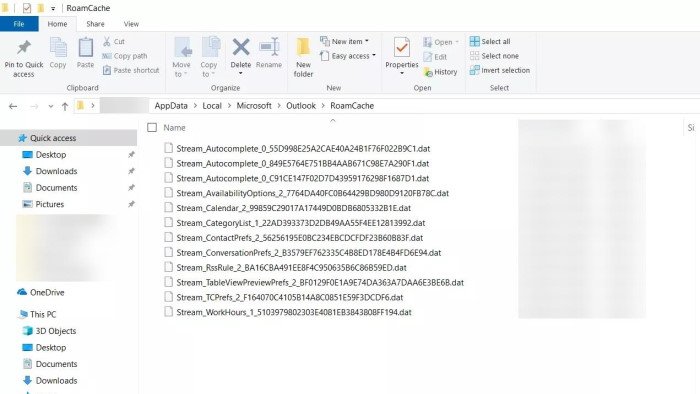
- Clean the slate for outlook 2016 clear cache how to#
- Clean the slate for outlook 2016 clear cache windows 10#
- Clean the slate for outlook 2016 clear cache Pc#
- Clean the slate for outlook 2016 clear cache download#
- Clean the slate for outlook 2016 clear cache windows#
Use Microsoft Edge to clear your browser cache.

Use File Explorer to clear your File Explorer History 3.
Clean the slate for outlook 2016 clear cache Pc#
Use Disk Cleanup to clear your PC of temporary files 2.
Clean the slate for outlook 2016 clear cache windows#
Along with the Local Temp folder,you can also find another temp folder in the main Windows folder.ġ. You can easily clear them as and when needed.
Clean the slate for outlook 2016 clear cache how to#
How to clear all the file cache?įirst,Clear Local Temp Cache (%temp% folder) Windows stores a lot of cache files in the Local Temp folder. Where is Teams cache located?Įnter %appdata%\Microsoft\Teams Open the Cache folder.
Clean the slate for outlook 2016 clear cache windows 10#
Replies (4) According with the Microsoft documentation, Teams desktop app does not works in Windows 7: Microsoft requirements indications for Microsoft Teams desktop app: Operating system: Windows 10, Windows 10 on ARM, Windows 8.1, Windows Server 2019, Windows Server 2016. Here are some actions that you can apply to reduce the high CPU/RAM usage, the following actions have been found beneficial by Teams users:Įnter %appdata%\Microsoft\Teams Open the Cache folder. How do I reduce Microsoft Team memory usage? You may also try accessing your Teams account in the web app using Chrome or Edge browser as recommended browsers to access Microsoft Teams online. You may try connecting to a different network and make sure to disable any VPN/Firewall if enabled. Why Microsoft teams is not opening in Windows 7? In fact, your conversation history and all other apps will be totally unaffected, but when you reopen Teams you’ll be starting with a clean slate! Logging back into Teams, you’ll have to re-authenticate and your local cache will be recreated.
Clean the slate for outlook 2016 clear cache download#
Similarly to the CRL cache, Windows may also download intermediate CA certificates, using URL from the certificates (the Authority Information Access extension). If Windows could not obtain a CRL from a specific URL, it may abstain from trying again the same URL for as long as eight hours - and even a reboot might not suffice to unlock it. failures to obtain a CRL from a given URL. Windows will also cache "negative" CRL, i.e.

Windows will cache the CRL, and that's an on-disk cache because it resists reboots. a server certificate), it will try to obtain revocation information, thus CRL or OCSP responses, downloaded from URL which are found in the certificates themselves. When Windows wants to validate a certificate (e.g. This all disappears when all IE process are closed, though. Internet Explorer now has the habit of spawning several process, but includes some tricks to share the SSL session information across these process.

The SSL implementation DLL will, for instance, remember SSL sessions and be able to negotiate abbreviated handshakes (that's when a client reconnects to a server, and they agree to reuse the symmetric shared secret they established in a previous connection).

Here is a picture of the SSL editor in IE (see "Clear SSL State")Įven though the certificate is properly formed, unchecking the following text box in Outlook configuration appears to correct the issue Is there a per application SSL cache and/or a global one? (e.g. What SSL data exists in the IE SSL state button? Is this a cache of web HTTP data, or certificate data? I can only assume a SSL cache exists in Windows, Outlook, or in it's IE dependency. (I don't want to repeat this process for the remaining 20+ profiles) It seems that in doing this several deployed instances of Outlook hung, and despite my 15 years of working with Outlook in a support capacity, I couldn't salvage the profile and had to recreate it. Once done, please proceed to Step 2 under the If your books are 60 days old or older section in this article: Delete your data and start over in QuickBooks Online. Pick Cancel subscription ,and follow the on-screen prompts to continue. Once reports came in of an issue, I reverted the change. Click the Gear icon at the top, and then select Account and Settings. Only the thumbprint and one SAN name changed. In doing this I changed the certificate to an "older" one that had the same subject name, expiration and everything else. Today I changed the SSL certificate that 3,000+ Outlook clients are using.


 0 kommentar(er)
0 kommentar(er)
